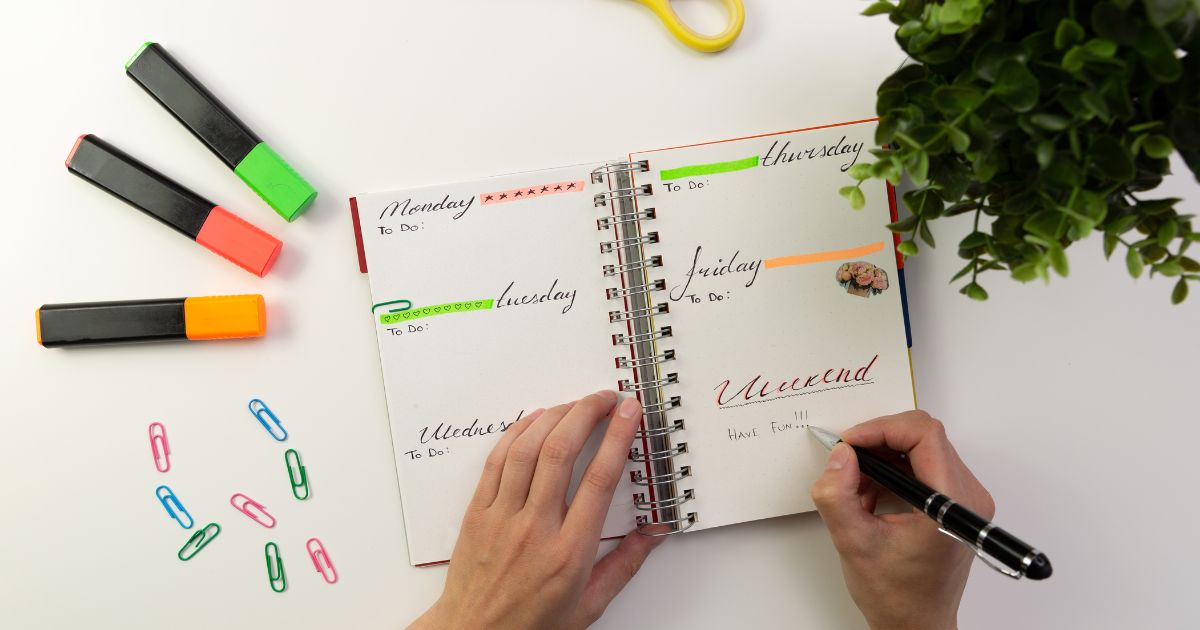Transitions are often the unsung heroes of good writing. They allow you to guide your reader through your arguments, ensuring that your ideas flow logically from one point to the next. Effective use of transitions can make your writing smoother, clearer, and more engaging. In this article, we’ll explore the importance of transitions and how you can use them to connect your ideas effectively.
1. What Are Transitions?
Transitions are words, phrases, or sentences that help connect one idea or paragraph to another. They provide coherence to your writing, guiding the reader through your text without causing confusion. Without proper transitions, your writing may feel disjointed, making it harder for the reader to follow your argument.
Types of Transitions
There are several types of transitions, each serving a different function:
- Additive Transitions: These show that you’re adding more information or points (e.g., “furthermore,” “in addition”).
- Contrastive Transitions: These signal a shift or contrast in your argument (e.g., “however,” “on the other hand”).
- Causal Transitions: These explain the relationship between cause and effect (e.g., “because,” “as a result”).
- Chronological Transitions: These indicate the passage of time (e.g., “first,” “next,” “finally”).
- Summarizing Transitions: These help to summarize or conclude your point (e.g., “in conclusion,” “to summarize”).
2. Why Are Transitions Important?
Transitions serve as the glue that holds your ideas together. They make your writing more readable and cohesive by establishing clear relationships between sentences and paragraphs. Without transitions, your writing may come across as a collection of unrelated ideas rather than a coherent argument or narrative.
Creating Flow
Transitions help to maintain the flow of your writing. By using the right transitions, you allow the reader to move from one idea to another smoothly. This is especially important in longer pieces of writing, such as essays or reports, where keeping the reader’s attention is essential.
Clarifying Relationships Between Ideas
Transitions help clarify how different ideas are related to each other. For example, when presenting evidence, you can use transitions to explain how the evidence supports your main argument. Conversely, when presenting a counterargument, you can use transitions to show how it contrasts with your position.
3. Using Transitions Between Paragraphs
One of the most common places where transitions are needed is between paragraphs. Each new paragraph introduces a new idea, but it must connect to the previous one for your writing to feel cohesive.
Use Transitional Phrases
At the beginning of each paragraph, consider using transitional phrases to link the new paragraph to the previous one. For example:
- “Building on the previous point…”
- “In contrast to this view…”
- “Furthermore, recent studies suggest…”
These phrases help guide the reader and provide a clear connection between paragraphs.
Establish the Flow of Your Argument
When writing an argumentative or persuasive essay, it’s essential to make sure that each paragraph builds on the previous one. This is where transitions come in handy. They show how your ideas progress, ensuring that your argument develops logically and that your points don’t feel disconnected.
4. Using Transitions Within Paragraphs
Transitions aren’t just useful between paragraphs—they’re also essential within a single paragraph. They can help break up complex ideas and guide the reader through your reasoning.
Use Transitions to Link Sentences
Within a paragraph, transitions can help connect your sentences and ideas. For example, if you’re explaining a process or argument, you can use transitions like “firstly,” “next,” and “finally” to guide the reader through each step.
Avoid Overloading with Transitions
While transitions are important, don’t overuse them. Too many transitions can clutter your writing and make it feel mechanical. Use them sparingly and only when necessary to clarify the relationship between ideas.
5. Examples of Effective Transitions
Here are some examples of how to use transitions effectively in your writing:
- Adding Information: “Moreover,” “in addition to,” “besides.”
- Example: “In addition to his impressive qualifications, John has years of hands-on experience in the field.”
- Contrasting Ideas: “However,” “on the contrary,” “nevertheless.”
- Example: “She loved the idea of taking a road trip; however, she didn’t have the time for such an adventure.”
- Explaining Cause and Effect: “Therefore,” “as a result,” “because.”
- Example: “He didn’t study for the exam, and as a result, he didn’t pass.”
- Summarizing: “In conclusion,” “to sum up,” “overall.”
- Example: “To sum up, the evidence clearly shows that the new policy will have significant benefits.”
6. Practice and Refinement
The key to mastering transitions is practice. The more you write and pay attention to how your ideas connect, the better you will become at using transitions effectively. Here are a few tips for improving your transition skills:
Read Aloud
Reading your writing aloud helps you spot places where transitions are missing or where the flow isn’t smooth. If something sounds awkward or disconnected, consider adding a transition to make it clearer.
Revise for Clarity
During the revision process, focus on improving the flow between sentences and paragraphs. Look for places where transitions can enhance clarity or where additional transitions can strengthen your argument.










